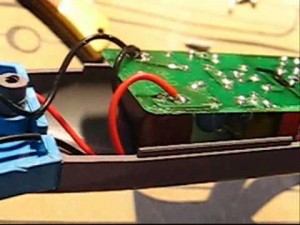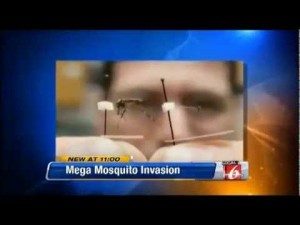Thursday, April 11th, 2013 at 5:13 am
Instead of buying a new one, you may diagnose your mosquito zapper and see if it can be repaired. In some cases, slight problems may cause the zapper to stop working. When the error is simple and you can easily repair it, there is no need to spend additional money to buy or create a new one. Here are some things you can do to fix your zapper.
Read More…
Thursday, April 11th, 2013 at 5:06 am
Researchers are expecting an increase in the population of super mosquitoes this year. Known as gallinippers, this species is called super mosquitoes because they are twenty times larger than regular mosquitoes. Expecting an invasion in the months to come is the best way to prepare for these pests. Locals are advised to keep bug repellants with DEET at home.
Read More…
Wednesday, April 3rd, 2013 at 3:22 am
Venus Flytraps thrive on the subtropical wetlands of the East Coast. They are small, only about 3-7 cm long. They commonly feed on arachnids and various types of insects. Their trapping mechanism require redundant contacts in fast intervals to save energy on trapped objects that do not offer any nutritional value. They are commonly cultivated in different parts of the world but they are definitely not easy to grow.
Read More…
Wednesday, April 3rd, 2013 at 3:03 am
Repotting Venus Flytrap should be done at least once in every two years since it loses its vigor and strength if left unattended for too long. Repotting is not very difficult considering these plants are small and do not require a lot of effort to pull out. However, there are simple tips and steps that should be followed to ensure safe and successful repotting.
Read More…
Wednesday, April 3rd, 2013 at 2:54 am
Bladderworts are fascinating carnivorous plants that feed on rotifers and protozoa. Despite is miniscule size; these specialized plants are known to have highly sophisticated trapping mechanism which can catch preys in as fast as 15,000th of a second. Their trapdoor reacts to movements detected by the connecting hairs on its surface. This sophisticated feeding method is an amazing creation of nature.
Read More…







